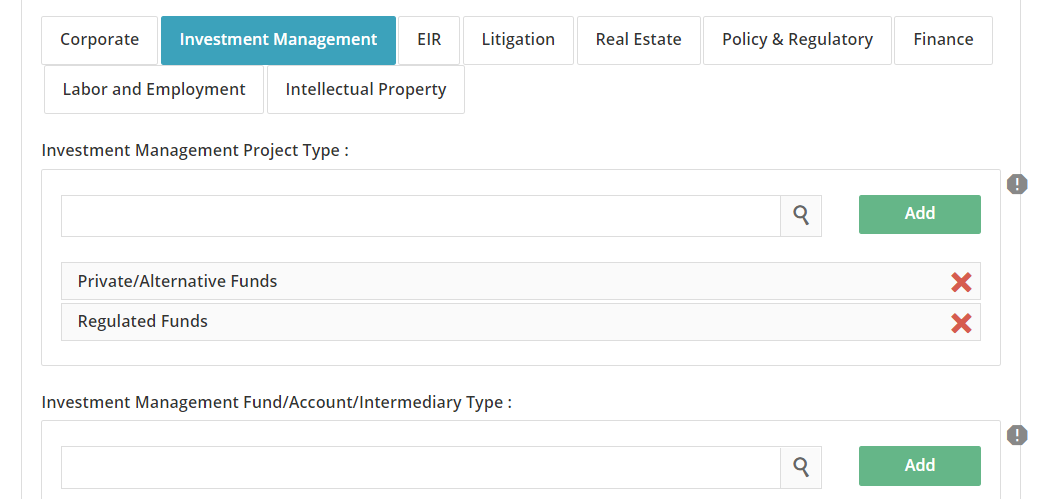While on a recent call with a law firm discussing the implementation of an experience database, the managing partner wanted to drive home the point of what it is a firm really has to offer. Two items. Its people and its experience. This rings true in its simplicity. With that insight clear, the question that followed required a somewhat more complicated answer. What processes and technology should be implemented to capture the relevant experience data, put it at users’ fingertips, and make all of this part of firm culture?
Those are three big questions and we’ll address the latter two in future posts, but for today we'll focus on first, technologies and processes that will capture the right firm experience.
When helping firms maximize their use of an experience database, one of the first steps is detailing all of the places experience data is currently stored. Usually, it’s across a variety of sources ranging from the attorneys’ heads, to spreadsheets, to Word docs, to 3rd party/homegrown experience systems, CRMs and billing systems. Add to this the need to integrate lateral hire experience and you have a fair picture of the typical firm experience collection.
At this point time is invested determining which fields should be included in the ideal matter, keeping in mind that the matter needs to contain enough data to be found when searching across thousands of records, and then included in a variety of output formats such as pitches, RFP responses, websites and ranking submissions. With a clear understanding of the above, the fields of your experience records can now be defined and we’re ready to move onto actually capturing the data that helps tell the story of your attorneys’ successes.

Data can be brought into the system in a number of ways. A matter can be entered individually, imported from a source such as a spreadsheet or brought in through an automated integration with existing software. This is an automated process that creates and updates matters in Saturno’s Experience and Proposal Center. Rules are put in place to filter out matters that are of no value in the experience database, and workflow processes are put in place to notify the right people of the need to put finishing touches on experience before it's ready for pitch documents or other marketing formats.
Once these steps are completed it’s time to QA test your new system and train users on how to, not only leverage the information in the database, but make sure the stream of new matters entering it are of high enough quality to meet your objectives.
For more information on Saturno’s Experience and Proposal Center, or to see a demo, click here.